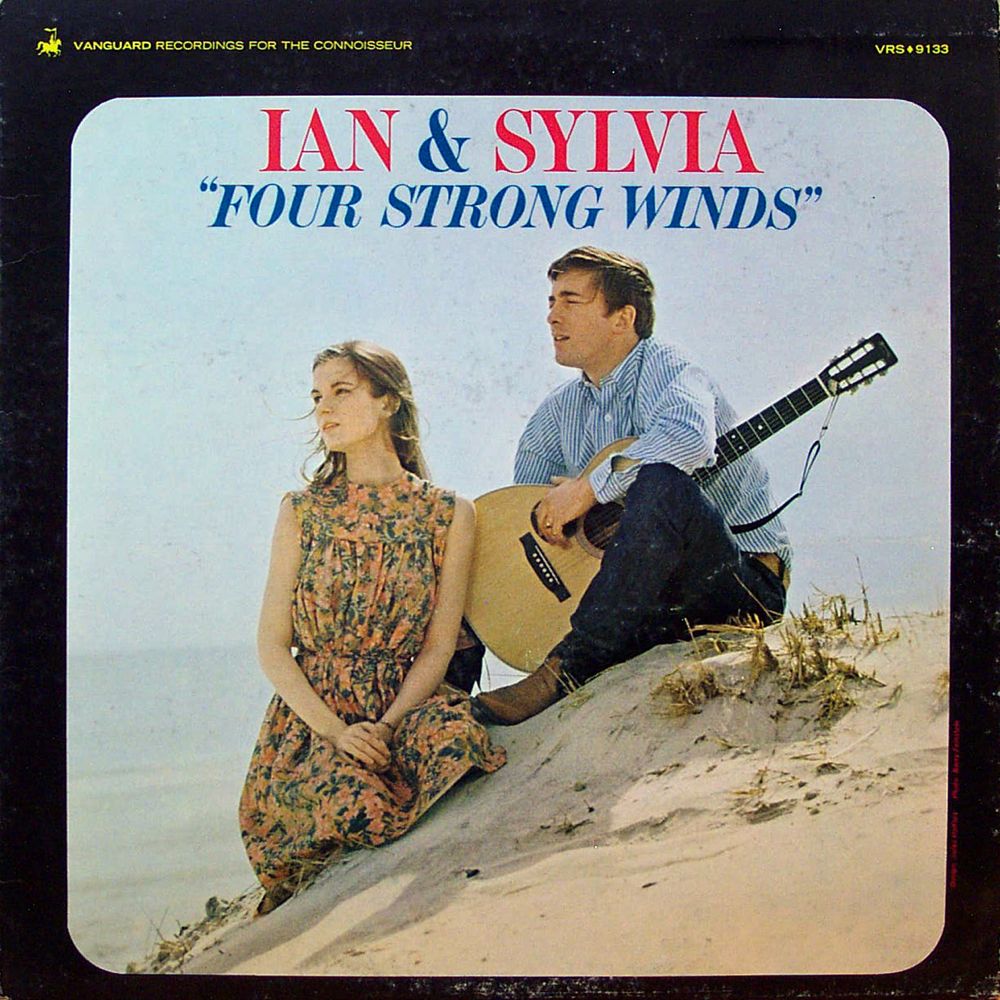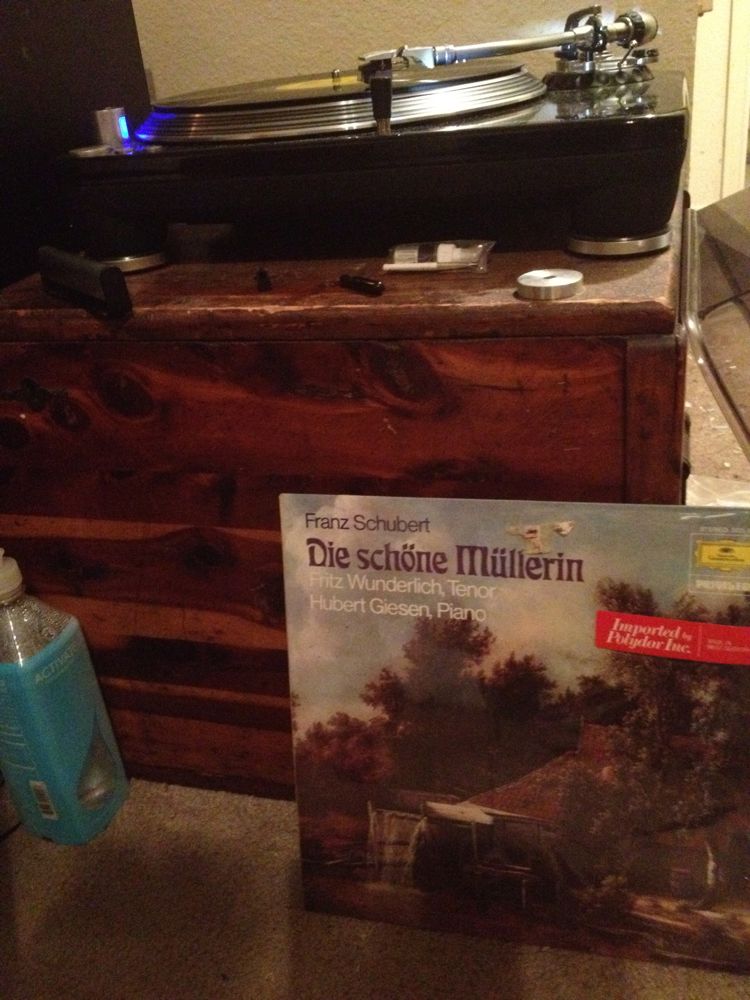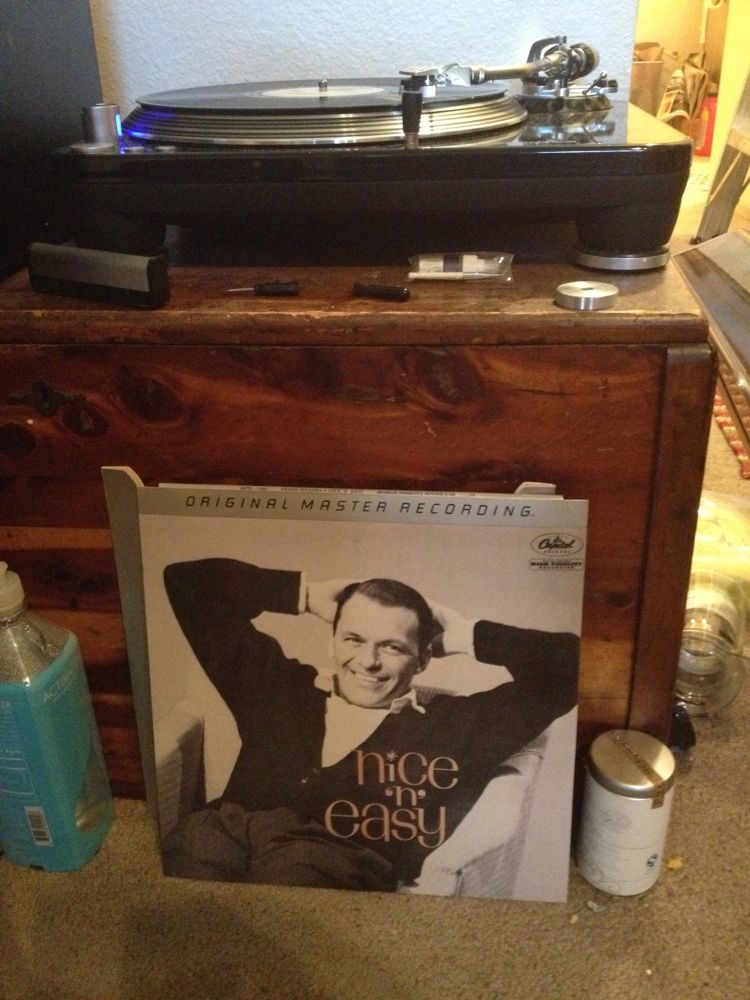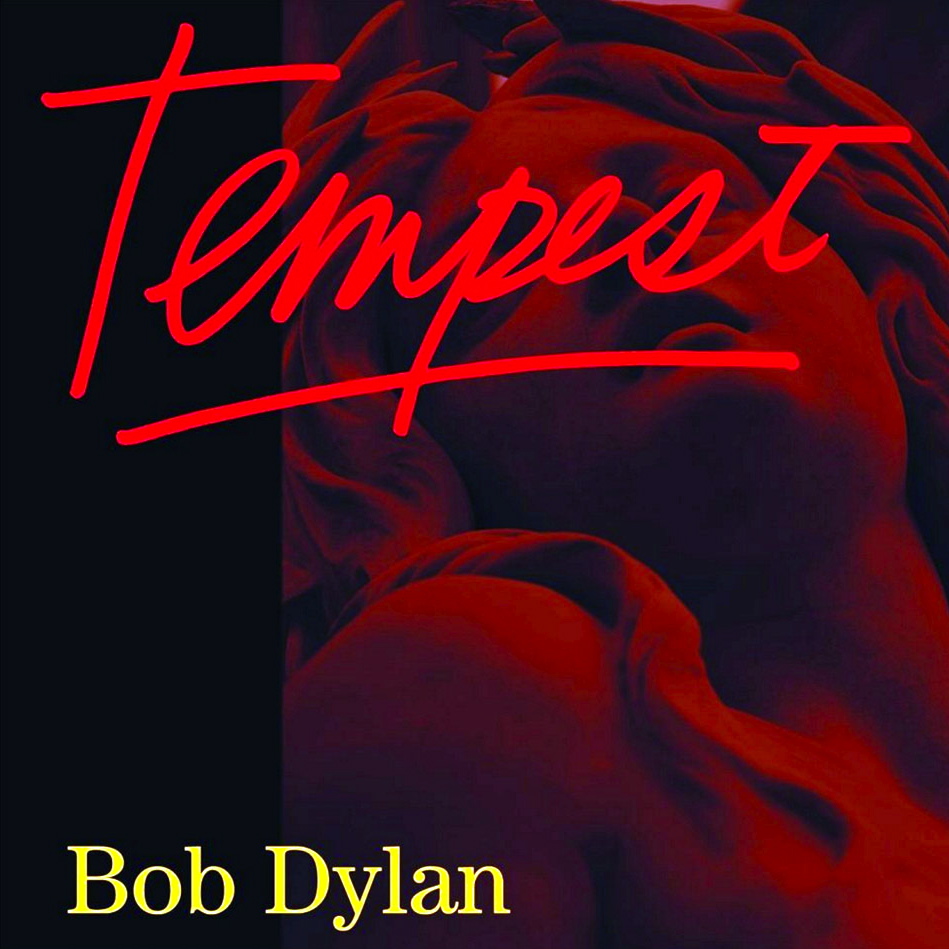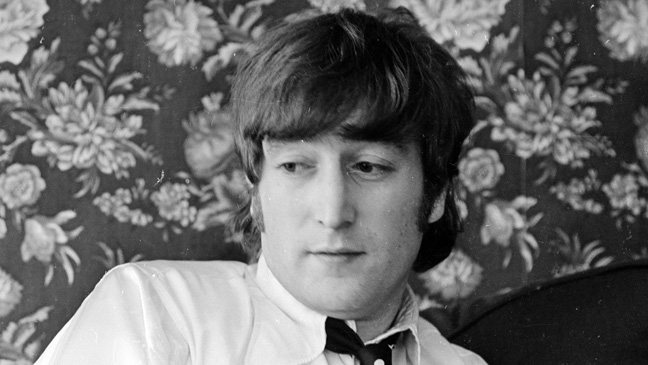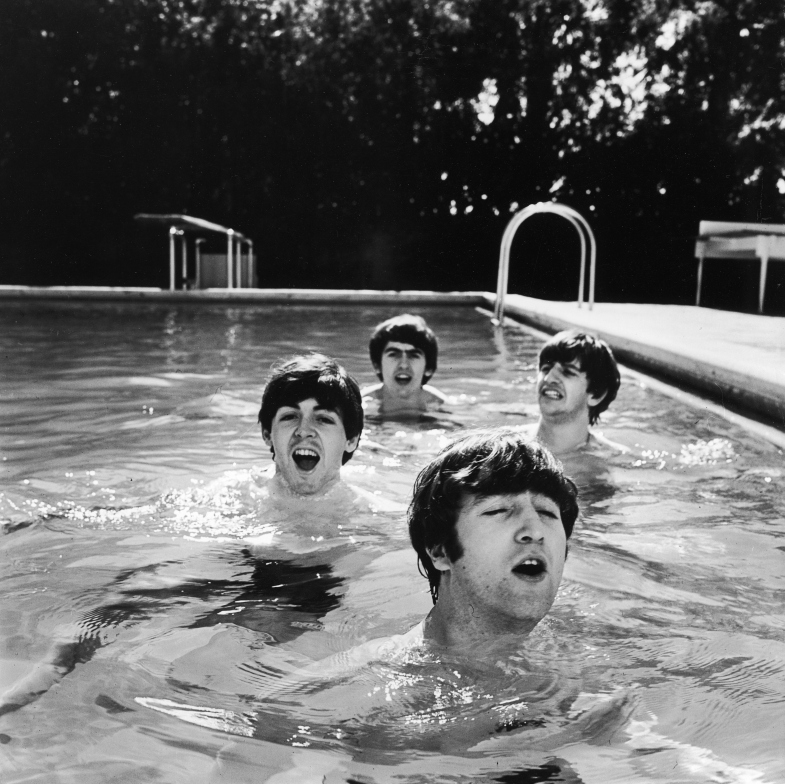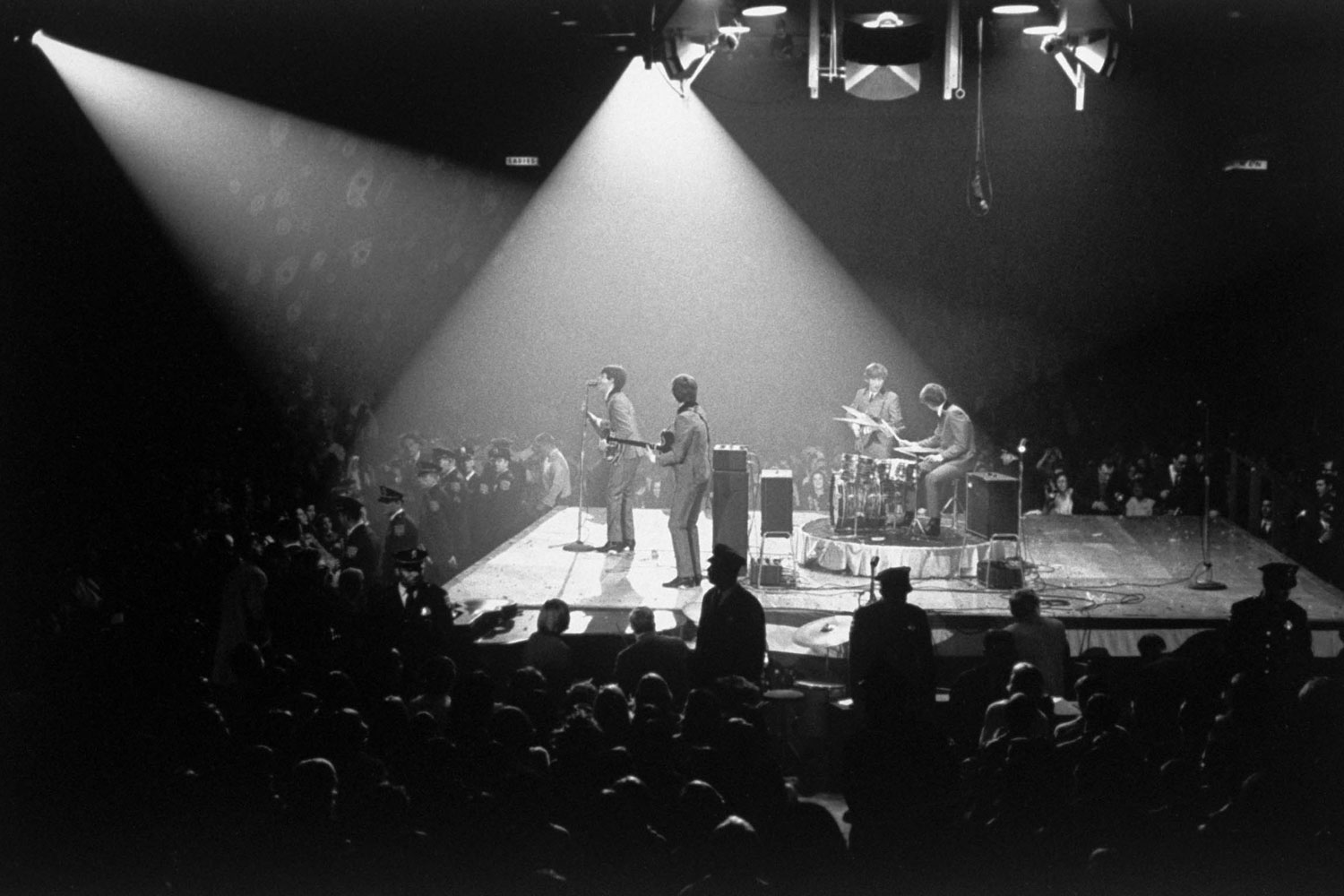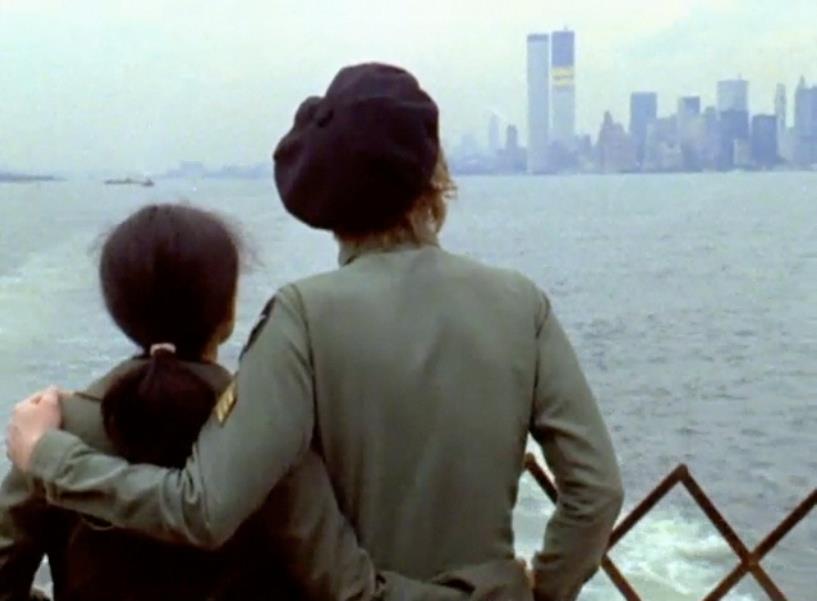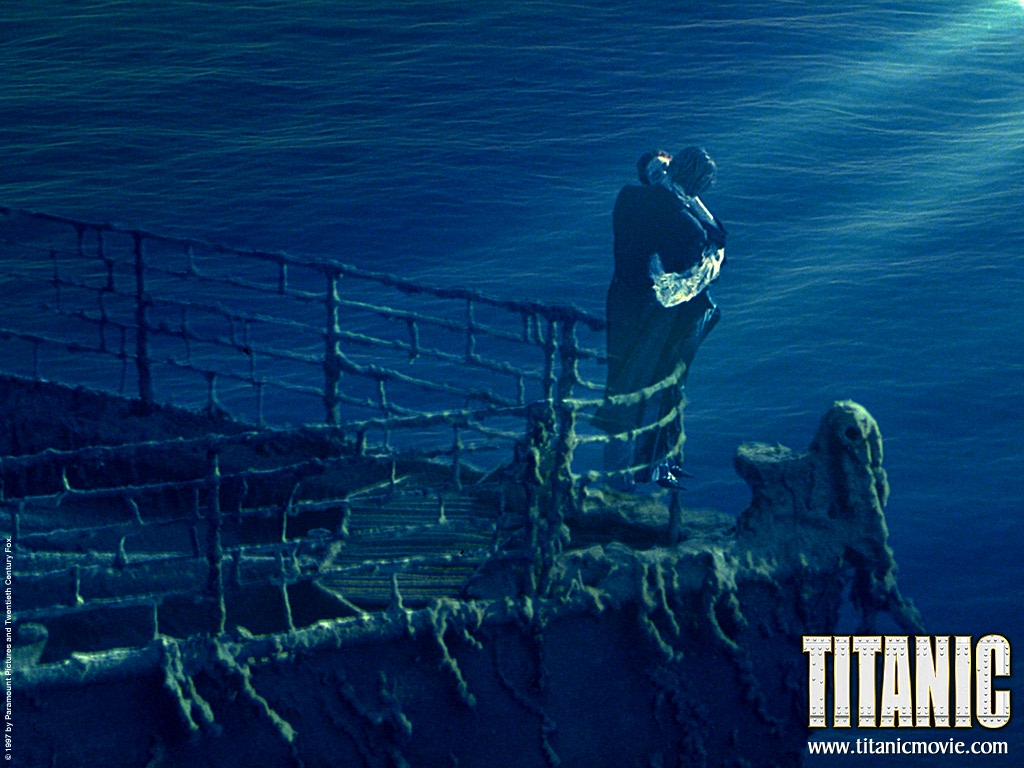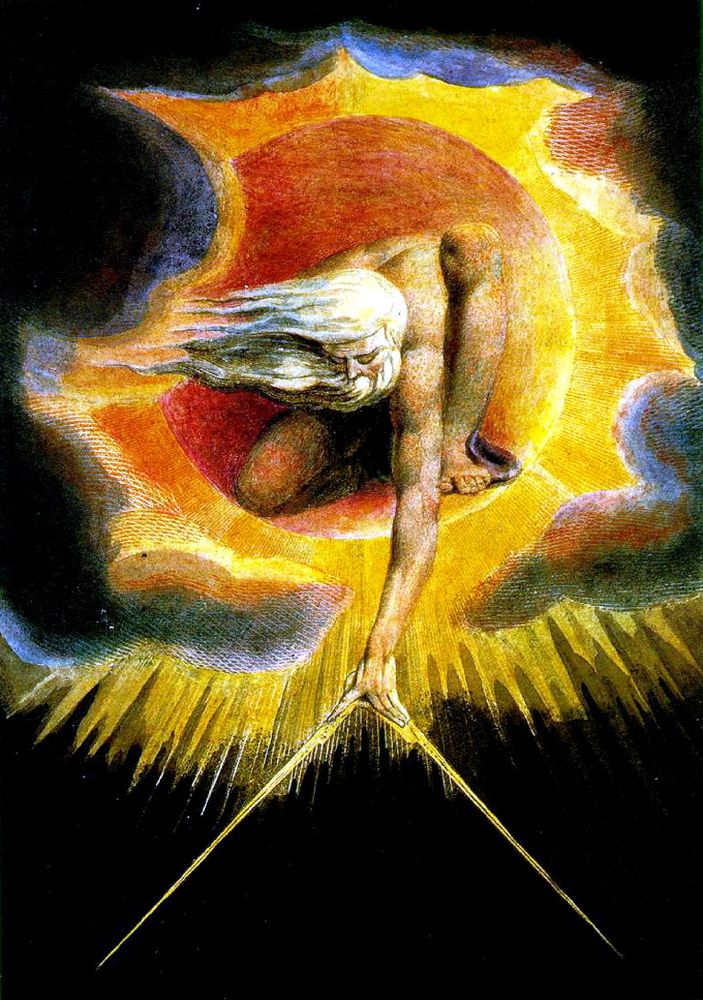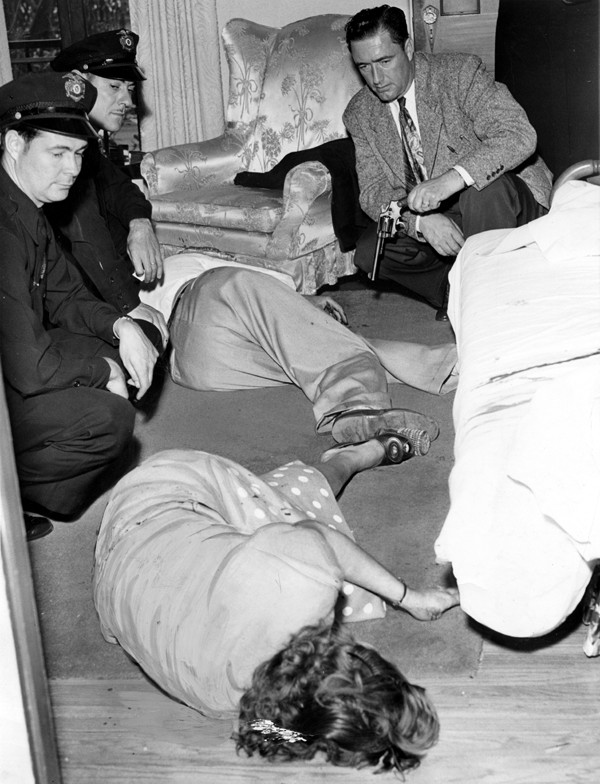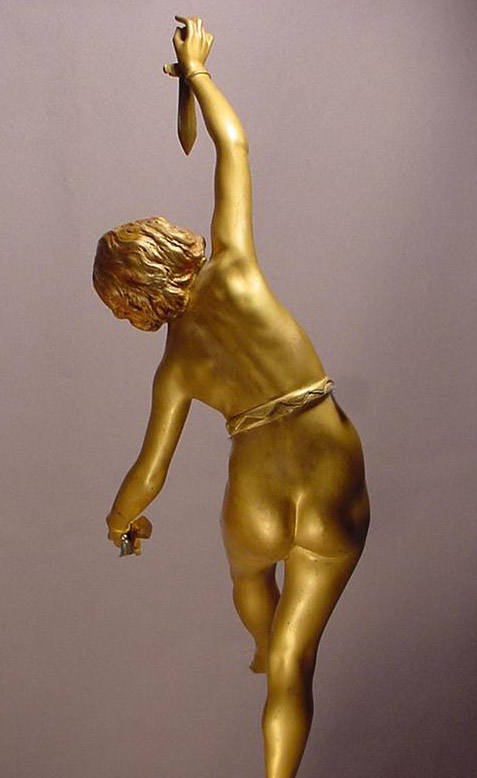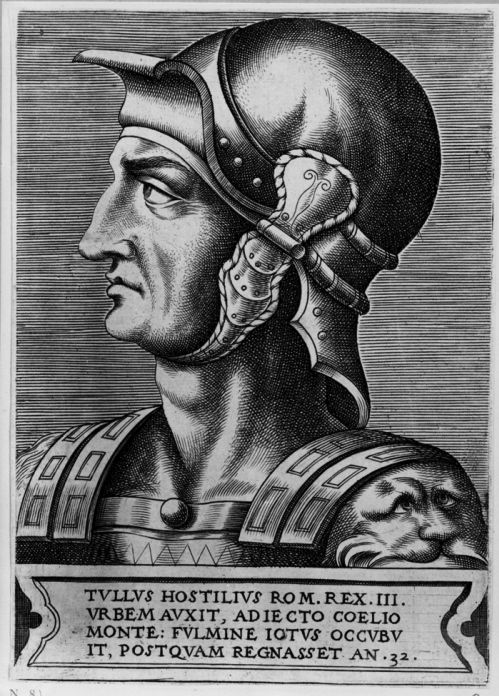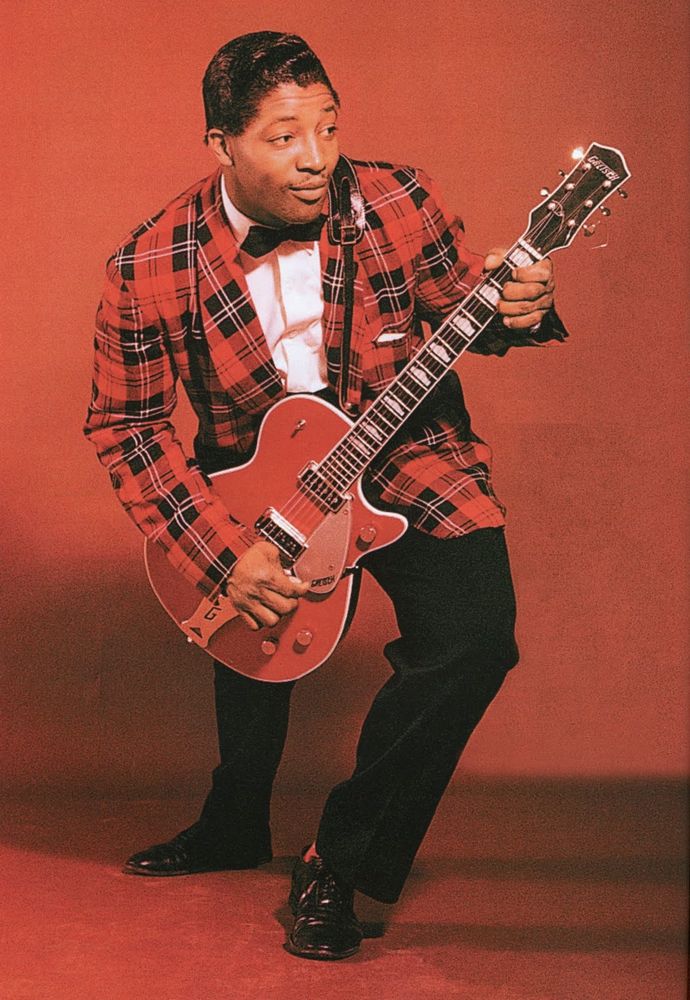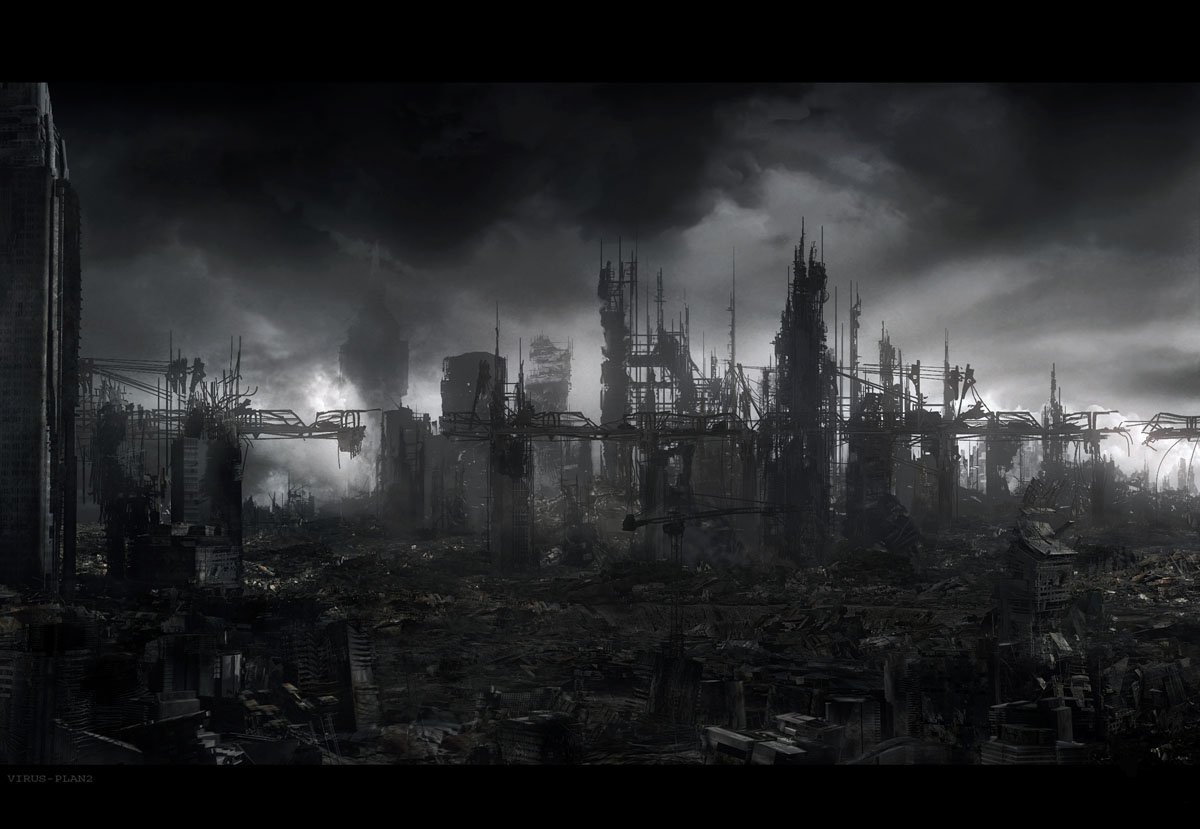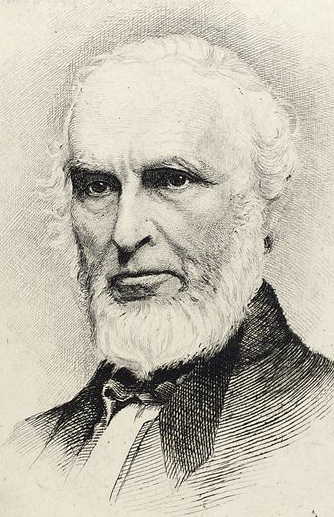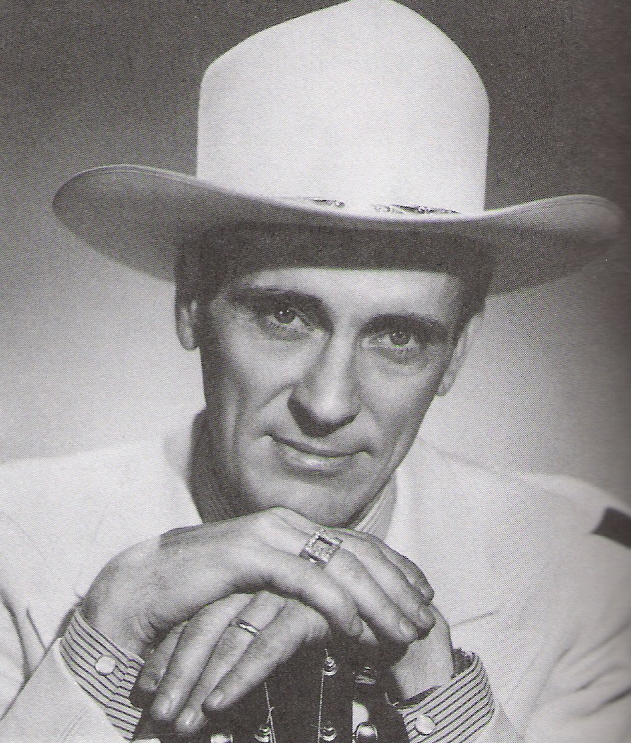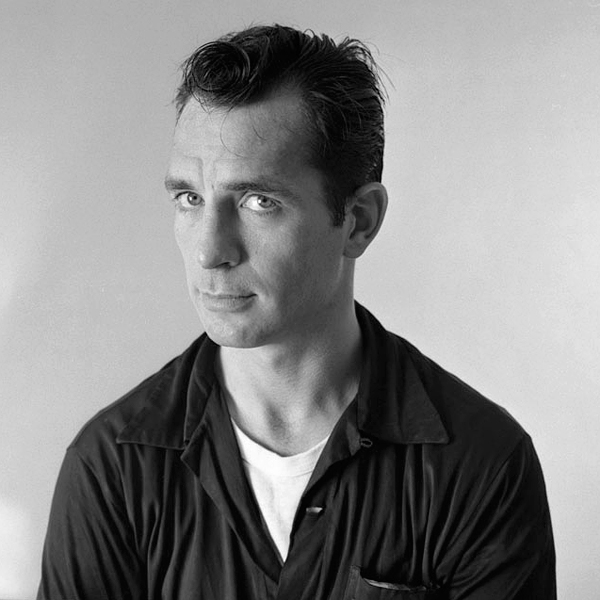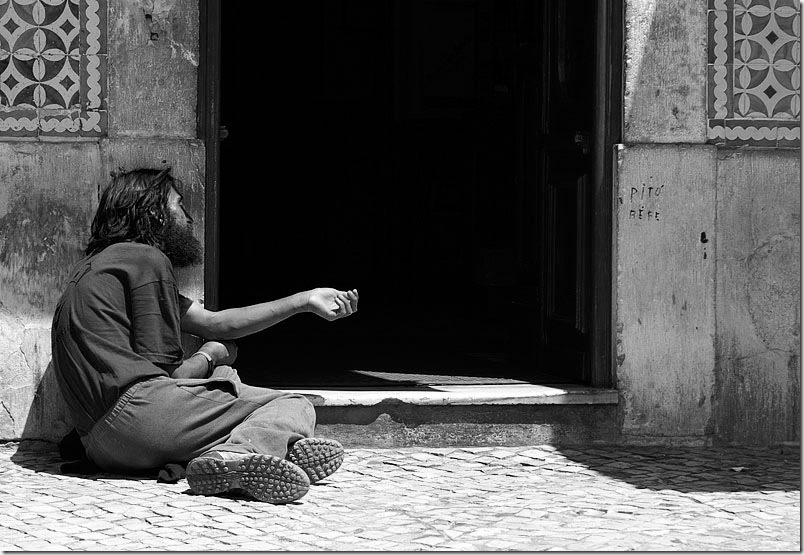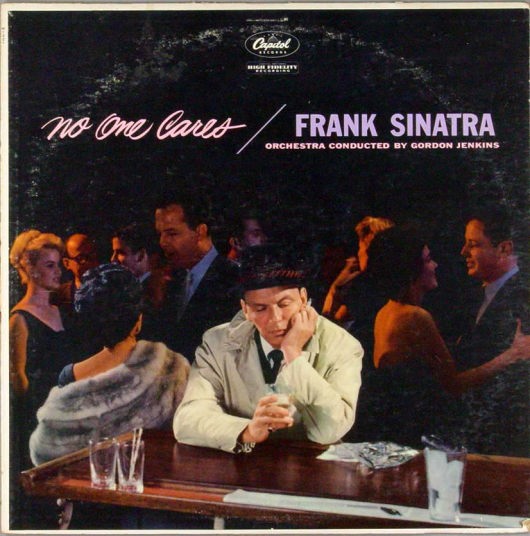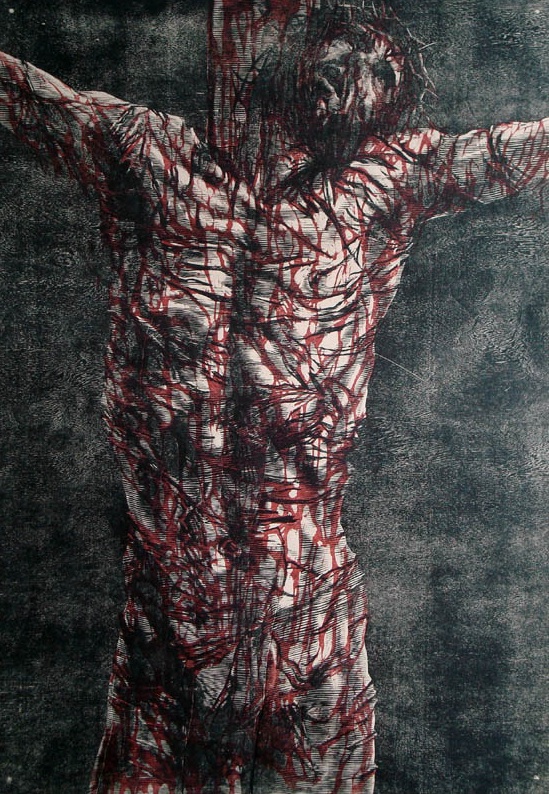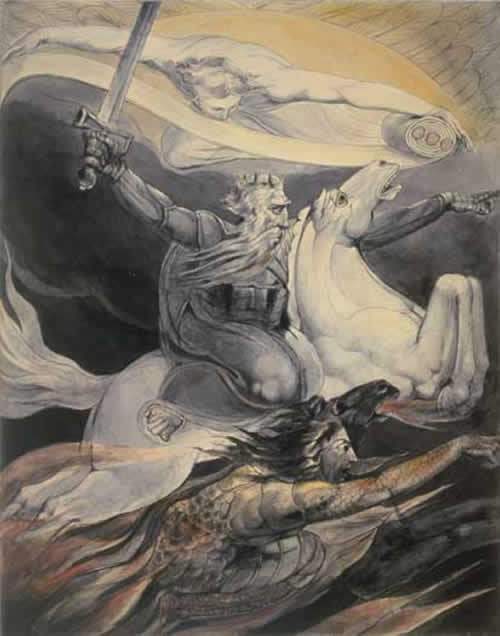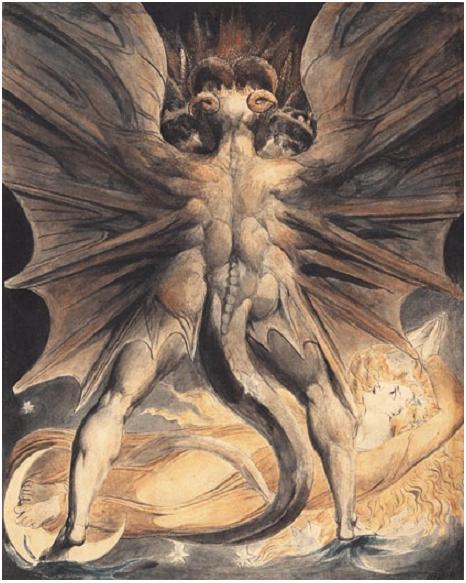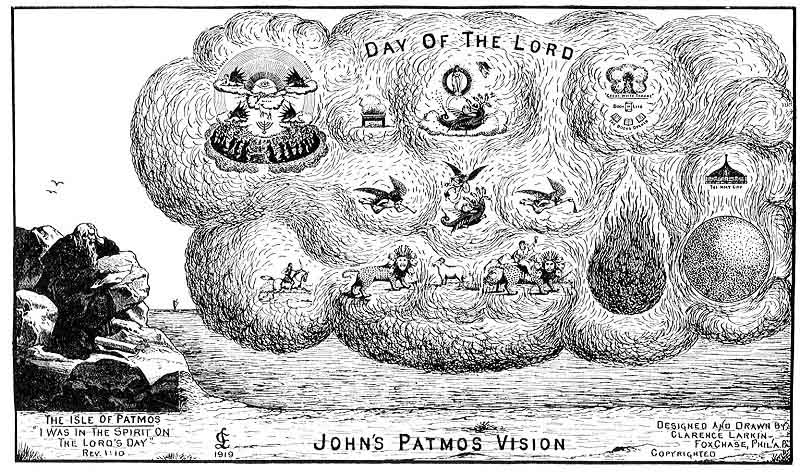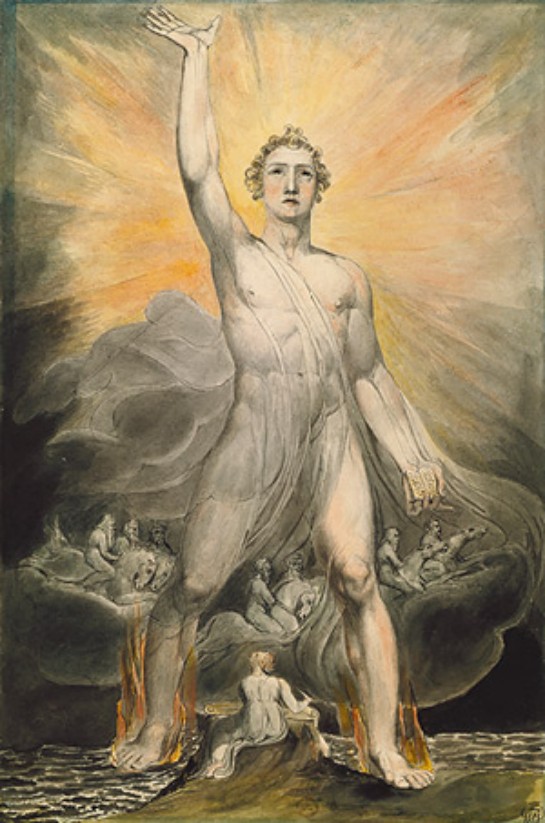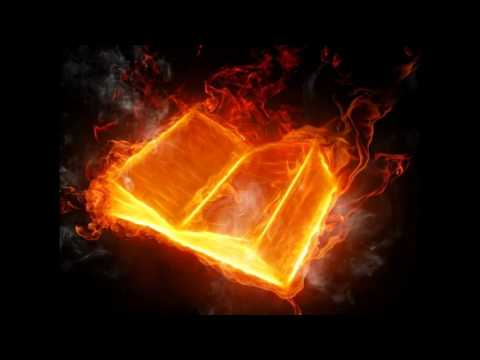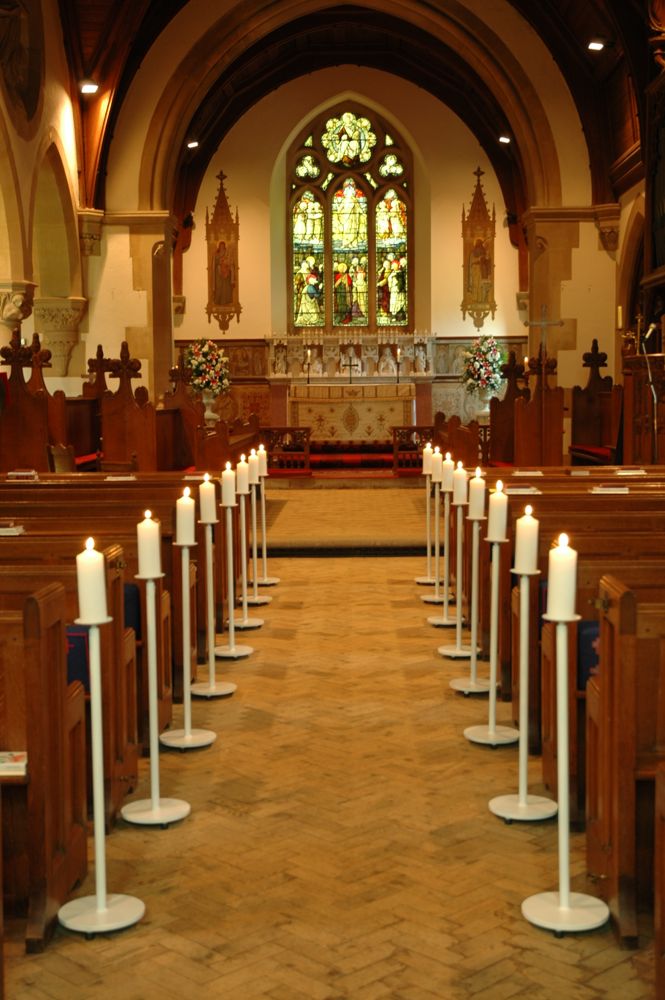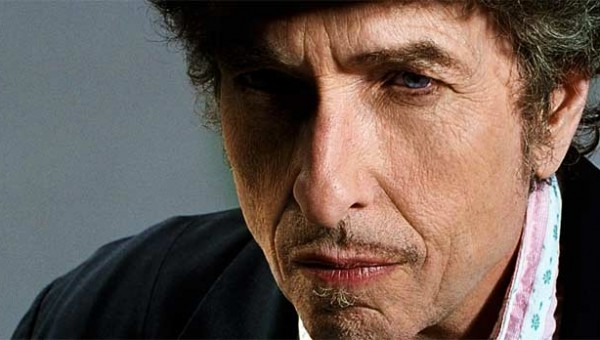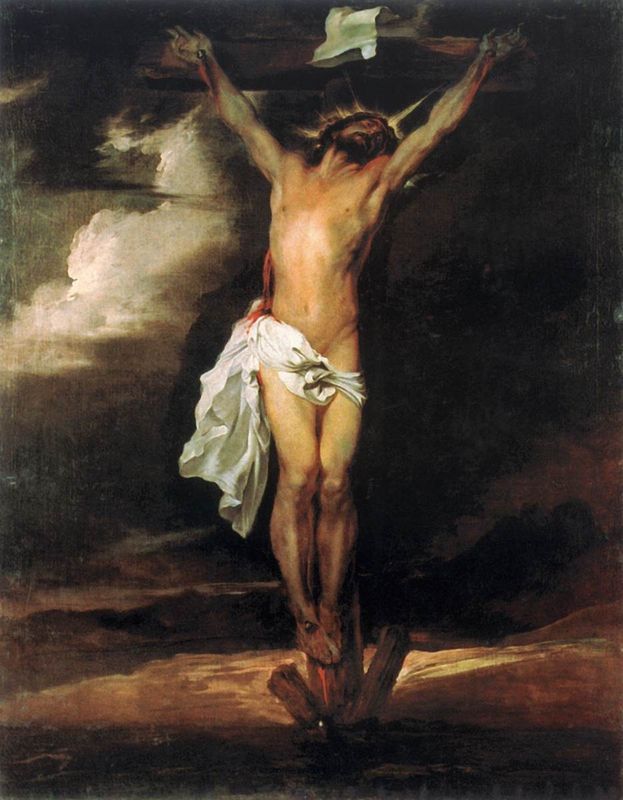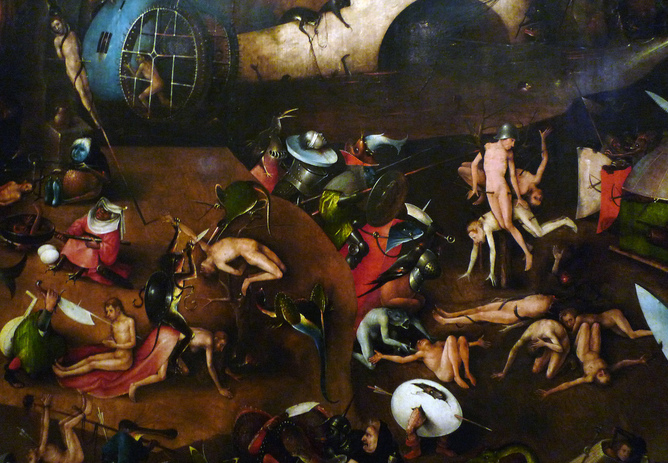Category Archives: Music
ACROSS THE UNIVERSE
One of the most amazing of all music videos . . .
AN LP COVER FOR TODAY
WHAT I’M SPINNING NOW
WHAT I’M SPINNING NOW
TEMPEST TRACK BY TRACK
Below are links to my commentaries on all the tracks on Bob Dylan’s album Tempest. They don’t pretend to offer comprehensive analyses, just my responses to some very complex and resonant songs.
Tempest is a magisterial work — a sweeping, disquieting, profound survey of our world and times. There has never been anything quite like it in American art, and there may never be anything quite like it again. As far as I’m concerned it takes its place with Moby Dick and Leaves Of Grass and Huckleberry Finn as a classic work in the national canon.
Click on the titles of the songs for the commentaries.
TEMPEST TRACK BY TRACK — ROLL ON, JOHN
Bob Dylan and John Lennon came into my life within months of each other in the Fall of 1963, when I was 13 years-old. They changed my life, of course — they changed everything, and I watched that change play out in front of my eyes for the rest of the Sixties.
Lennon was shot and killed by a lunatic in 1980 — it was one of the great cultural tragedies of the 20th Century. He has been endlessly mourned, and yet . . . I have never really believed in his death. The music he made with The Beatles, and afterwards, is so immediately joyful, has remained so alive in the culture, that it seems as though he never left this world.
But he did leave this world, and 32 years after he left it, Bob Dylan has written an elegy for him, a eulogy, a lament — a song called “Roll On, John”, which ends Dylan’s album Tempest. Tempest is a work of art suffused with a sense of loss and tragedy and horror — and hope and defiance and faith, though it pulls no punches. It admits of no consolations except those that can be received in the ghastly, immediate presence of mortality and sorrow and evil.
Lennon rolls on in Dylan’s song, but not in “music that will never die” or “inspiration that will never die”. He rolls on in death, beyond death, beyond a grave. Dylan asks us to cover him over and let him sleep. To Lennon he says, “Shine your light, move it on” — move it on past this earthly life.
It’s the sweetness of the melody of this song, and the heartbreaking tenderness of Dylan’s vocal, that distinguishes “Roll On, John” from just another tribute, just another celebration of a lost prince. Dylan seems to be singing this in the presence of Lennon’s corpse.
Dylan does the best singing of his life on Tempest. His voice is ravaged now, its power and sweetness are gone — he has nothing to rely on but art, subtlety, the slightest inflections of rhythm and breath. You can learn all you need to know about what singing’s really all about from listening to this album.
It wasn’t until I heard “Roll On, John” that I truly realized that John Lennon was dead — dead, dead, dead — and that the part of him that rolls on is not memory or echo or anything that can be recorded and packaged. It is light, supernatural light, glimmering very faintly amidst the ruins of a shameful and profane and horrifying world.
Back to the Tempest track list page.
TEMPEST TRACK BY TRACK — TEMPEST
In the chaos and horror of the sinking of the Titanic, there is a watchman aboard. He’s asleep — dreaming of the disaster befalling him and those he’s charged with watching. “The watchman he lay sleeping, the damage had been done — he dreamed the Titanic was sinking, he tried to tell someone.”
This figure is Dylan, I think — Dylan the prophet. He sees what’s happening to himself and his country and his world, but his vision is like a dream, and that’s all he can testify to. “I had this dream,” he says. “Maybe it’s important — maybe it means something.”
You decide.
Cameron’s film Titanic is one of the most important works of art of our lifetimes. It looms as large in the culture now as the actual sinking of the actual Titanic. Dylan’s song is as much about this film as it is about the real ship that sank. The song is a conversation with the film.
It was a conversation Cameron started, putting lines from Dylan songs into the mouth of Jack, the film’s protagonist. “When you got nothing, you got nothing to lose,” Jack says in the poker game in which he wins his passage on the ship. “I’m just a tumbleweed, blowin’ in the wind,” he says to Rose.
People criticized Cameron for this, calling the lines anachronistic — though of course the lines were as old as the hills when Dylan used them. Now, in Dylan’s account of the sinking of the Titanic, he references Cameron’s film repeatedly.
He creates his own climax, however, but it is in many ways the same as Cameron’s climax, in which death and loss are redeemed by sacrifice. Jim Dandy in Dylan’s narrative smiles ruefully when he realizes that the ship is sinking, because he doesn’t know how to swim. He has a place in a lifeboat but he gives it to a crippled child — and then when death has its triumph, Jim Dandy’s heart is at peace, untouched by the horror. He has defeated death by sacrifice, just as Jack does in the film.
What’s left is meditation on the apocalypse — and Dylan gives that to the ship’s captain, facing his end kneeling before the wheel:
In the dark illumination
He remembered bygone years,
Read The Book Of Revelation
And filled his cup with tears.
You will remember that the priest in Cameron’s film quotes from Revelation when the ship goes down:
And I saw a new heaven and a new earth: for the first heaven and the first earth were passed away; and there was no more sea.
And God shall wipe away all tears from their eyes; and there shall be no more death, neither sorrow, nor crying, neither shall there be any more pain: for the former things are passed away.
Or so the watchman dreamed . . .
Click on the images to enlarge.
Back to the Tempest track list page.
TEMPEST TRACK BY TRACK — TIN ANGEL
This is the one song on Tempest that I can’t quite make sense of. It’s a classic murder ballad in the folk tradition — gangsta folk, as such songs have been described. I can see how such a song fits into the dark and violent landscape of the album, but Dylan has been content to simply regurgitate the form.
The king figure in the narrative is called “the boss”, and before he embarks on his murderous deed he cuts the wires to the house where his adulterous wife is dallying with her lover — but aside from anachronistic details like this there’s no real effort to make the tale contemporaneous.
Creating a new version of an old narrative ballad, with a few personal elaborations, is part of the folk tradition, of course. It’s a respectable endeavor — but Dylan usually elaborates more drastically, more imaginatively.
Perhaps one should admire his humility before the form, his ambition to take it just a short ways down the road. I don’t know. As I say, the song works perfectly well in the context of Tempest — it has a droning, insistent rhythm, over which Dylan delivers quirky readings of quirky lines. The overall effect is spooky and unsettling. I just can’t see that it adds much to the murder ballad tradition — but maybe I’m missing something that will reveal itself in time.
Back to the Tempest track list page.
TEMPEST TRACK BY TRACK — EARLY ROMAN KINGS
A number of Dylan fans I know have nominated this song as the clunker among the Tempest tracks. The lyrics are brilliant, but musically the song is slightly monotonous, at least at first listening.
It uses the basic musical structure of Bo Diddley’s “I’m A Man”, with its repetitive stop-time figure. (As Peter Stone Brown points out in his excellent review of Tempest, both Diddley’s version of “I’m A Man”, as well as Muddy Waters’s, a. k. a. “Mannish Boy”, derive from Willie Dixon’s “Hootchie Coothcie Man”.) In the Chicago blues tradition, this structure is used as a platform for ornamentation by the vocalist and the instrumental soloists, which can inflect the repetitive figure in various exciting ways.
Dylan’s vocal doesn’t quite do this, but the more I listen the more I feel that David Hidalgo’s double-tracked accordion fills do. They are sort of ghostly, like echoes of the guitar or harmonica fills we’d expect to find in a more traditional blues arrangement, giving the track the feeling of a ghost blues. If you pay close attention to them, the music feels anything but monotonous, and the driving force of the ensemble keeps things lively all the way through.
Lyrically, the song is a kind of road map to the apocalyptic landscape of the album as a whole. The “early Roman kings” seem to be symbols of the wicked men ruling America today. They are vicious, supernaturally powerful, bent on domination and horrific violence. They are cousins to Tweedle Dum and Tweedle Dee from Love & Theft.
But Dylan, in the person of the narrator here, seems determined to fight fire with fire — to combat the ghoulish kings on their own terms. “You want to fight dirty?” he seems to be saying. “O. k., I’ll show you dirty.” The reference to the virile boasting of “I’m A Man” is clear. “I ain’t dead yet — my bell still rings.”
Dylan is definitely writing protest songs again, though they’re not political in any specific way, nor do they have any of the high-minded moral pleading of his protest songs from the Sixties. Dylan seems to feel that the time for pleading and persuasion has passed — it’s a time for fighting. On another song on the album he sings, “You can stand and fight or you can break and run.” There don’t seem to be any other choices.
In Early Roman Kings, Dylan gives the impression that he relishes the contest. Having decided to enter the fray with both fists flying, he sounds exhilarated. For an album that’s relentlessly dark and confrontational, relentlessly apocalyptic, the joy Dylan seems to be taking in the music is curious.
It may be the joy that the 300 Spartans felt at Thermopylae when they decided to fight to the death against impossible odds. They knew they would win, even after they were all dead. They knew the battle would mean something forever.
Back to the Tempest track list page.
TEMPEST TRACK BY TRACK — SCARLET TOWN
Scarlet Town, where the narrator of this song says he was born, is also of course the hometown of Barbara Allen, who figures in one of the most famous of English ballads, first printed in the late 17th Century but probably dating from much earlier. Dylan performed the song in his early club days, and an achingly beautiful version survives in a live recording from 1962.
In Dylan’s new version on Tempest, Scarlet Town is peopled with many more figures than the doomed lovers of the ballad. The ghost of John Greenleaf Whittier (above), 19th-Century New England poet, hymn writer and abolitionist, seems to be in residence there, referenced in many quotes and images from his poetry.
At a local bar, the narrator sings, “Set ’em up, Joe, play ‘Walkin’ the Floor’, play it for my flat-chested junkie whore.” In these brief lines Dylan manages to summon Frank Sinatra, Ernest Tubb and (via Tristessa) Jack Kerouac, all of whom can testify, in terms sophisticated, prosaic or depraved, to the heartaches of hopeless love, like the love for Barbara Allen that killed Sweet William in the ballad.
The slightly ominous but elegiac arrangement of a sweet melody wanders along like the narrator through a place very much like Desolation Row, without the theatrical spectacle, a ghost town that has been abandoned by its flesh-and-blood residents but is lively with spirits.
Sweet William dies once again for the love of Barbara Allen — the narrator identifies with him. “I’ll weep for him as he’d weep for me.” There are hints of a larger catastrophe ravaging the land — “beggars crouching at the gate . . . help comes, but it comes too late.” The old faith seems to be failing — “I touched the garment, but the hem was torn.” People are fighting their fathers’ foes. “The end is near.”
Still, somehow, love abides, if only as hope. “Put your heart on a platter and see who bites — see who’ll hold you and kiss you goodnight.” Regret permeates everything — “Lot of things we didn’t do that I wish we had.”
Finally the ghosts convene in the bar to raise glasses to ruined loves, but the narrator won’t despair — decides to stick with love, doomed or not. It seems to be the only way out of this desperate town, if there is one.
Back to the Tempest track list page.
TEMPEST TRACK BY TRACK — PAY IN BLOOD
This song is so convoluted, so twisted in on itself with double meanings and paradoxical juxtapositions, that it can’t really be analyzed logically. Dylan is in prophetic mode here, possessed by rage over wrongs done to him, but also over political wrongs, some kind of desecration of the nation that needs to be redeemed.
It seems at first to be a song about vengeance — “I’ll pay in blood, but not my own” is the recurring line, which certainly sounds like a violent threat. But it could also refer, ironically or slyly, to the atonement of Christ, who pays for our sins with his blood, not our own.
The lyric never settles down or resolves into coherence, on this point or any other — the lines collide, resonate, seeming to follow chaotic emotions that can’t be pinned down. They’re sung with great feeling and conviction, though, which only adds to the song’s strangeness.
Nevertheless, the final effect is somehow exhilarating — perhaps just from the letting off of steam, the expression of a rage that seems to be part of the culture now, a sense that enough is enough, that things have to change, violently if necessary.
Ever since Love & Theft Dylan has been salting his songs with threats of violence against his “enemies”. I’m not sure what these threats mean to Dylan, or how he wants us to take them.
Some of the threatened violence appears to be directed at his personal enemies, as in the line from “Floater” borrowed from Nathan Bedford Forrest (above) — “If you ever cross my path or interfere with me again you will do so at the peril of your own life.” Some of the violence appears to be directed at enemies in an apocalyptic war of good versus evil, as in these lines from “Ain’t Talkin'” from Modern Times — “If I catch my opponents ever sleepin’ I’ll just slaughter them where they lie.”
These threats often show up in songs of devotion and spiritual aspiration, where they seem out of place, to put it mildly. They certainly seem to contradict Dylan’s obviously Christian, though certainly eccentrically Christian, beliefs. Of course, Dylan often sings in personae that don’t necessarily mirror his own, but these images of violent revenge are really starting to mount up now.
In the song “Tempest” on this album the captain of the Titanic spends his last moments reading the Book Of Revelation. It may be that Dylan has been doing the same, and it may be that the righteous violence in Dylan’s 21st-Century albums is a metaphor for spiritual struggle, which is the way some people read the depiction of apocalyptic warfare in The Book Of Revelation. William Blake, the most pacific of men, certainly read Revelation that way, and echoed its violent strife in his prophetic works as metaphorical conflict, “mental strife”, as he put it.
There is no section of The New Testament more problematic than The Book Of Revelation. Christians have been debating its authorship, authority and meaning from the time of the earliest recorded histories of the church. Thomas Jefferson called it “merely the ravings of a maniac, no more worthy nor capable of explanation than the incoherences of our own nightly dreams.” Some might say the same of Tempest, or parts of it. Others, following Freud, might say that our dreams are only superficially incoherent — that read correctly they make perfect sense.
I’m inclined to think that Tempest makes perfect sense — not worldly sense, perhaps, but sense — and that it is, at the very least, worthy of the closest reading. My friend Paul Zahl tells me that the German theologian Jürgen Moltmann sees The Book Of Revelation as something given to oppressed peoples to imbue them with images of strength and triumph in dark times.
Given Dylan’s view of our own dark times, this may be the best insight into his use of violent apocalyptic imagery, representing a kind of yearning for strength and triumph, barriers against despair.
Back to the Tempest track list page.
TEMPEST TRACK BY TRACK — LONG AND WASTED YEARS
The arrangement here is a kind of country-flavored lament, the vocal a half-spoken plea, with the insinuating lilt of Dylan’s wonderful, sly vocal on “Brownsville Girl”, from 1986, a song he wrote with Sam Shepard.
The singer seems to be addressing a lost love, wondering if it’s possible to revive the romance. He suggests that he’s not as angry as he once was, because his enemies, whoever they might be, have self-destructed. Maybe he never needed to fight them at all.
A reference to the busted-up couple having once “walked down that long aisle” suggested to Facebook friend William Robertson that Dylan might be addressing this song to his first wife Sara — an intriguing possibility, although he also “walked down the aisle” for a second time with Carolyn Dennis, whom he divorced in 1992.
Who knows? It is, in any case, an autumnal song, but not mournful or bitter. Dylan seems to be wondering what people can salvage from the messes they make of their lives, from their long and wasted years. He’s more bemused than depressed by the human folly involved.
Back to the Tempest track list page.
PLEDGING MY LOVE
The soul-ballad genre Dylan is referencing in “Soon After Midnight” — via Facebook friend Trev Gibb . . .
TEMPEST TRACK BY TRACK — NARROW WAY
With this song, Dylan slips into the driving Chicago blues style he’s often favored for his hard-rocking numbers. It’s a tight, forceful arrangement, highlighting the brilliant ensemble playing of his musicians on this album.
The lyric is in the “desperate pilgrimage” vein of many of his late-career songs. It opens with the singer walking off into the desert, leaving his past behind and asking others to leave him alone out in the wilderness. The pilgrimage described is explicitly religious and Christian.
The recurring refrain is, “If I can’t work up to you, you’ll surely have to work down to me someday.” It’s appropriated from an old Mississippi Sheiks song, where it’s addressed to a woman, but here it has a different inflection, referring slyly to the Christian concept of Grace through the incarnation of Christ.
The idea is that man is so fallen and sinful that he can never acquit himself before God, so God had to descend to the level of men, take human form and in that form atone for human frailty. In traditional theology, this became an accomplished fact with Jesus’s death on the cross, but it’s something still in process for Dylan, whose Christianity is ever eccentric.
Dylan is still awaiting the incarnation and atonement, still awaiting redemption by the Blood of the Lamb — but his faith in it is unshakeable, defiant, desperate. He’s betting everything on it. It might be argued that this view of things has a theological elegance and power, and practical truth, greater than the supposed assurance of seeing redemption as already signed, sealed, delivered.
Dylan stands by the cross in hope, not by the empty tomb in triumph. In any case, his faith is not a matter of comfort or consolation to him — it is a hard, long and narrow way. He seems to be wrestling with doubt here, moving on without assurances — but committed to the journey. One might relate it to the great prayer a follower addressed to Jesus — “O, Lord, I believe . . . help thou my unbelief.” This poignant cry strikes me as sounder, psychologically and experientially, than any profession of adamantine faith.
The instability of Dylan’s faith suddenly sends him careening off, lyrically, into images of apocalyptic violence, then into images of lustful desire, but the song concludes this way — “I heard a voice at the dusk of day saying be gentle, brother, be gentle and pray.” He’s back on the long and narrow way of the carpenter from Nazareth, the prince of peace — and somehow that climactic return feels all the more convincing and moving for the detour Dylan took earlier in the song.
He’s not selling his religion in this song — if anything he’s warning people away from it. He’s not mapping out a destination, much less claiming to have arrived at it. But then again, Jesus never said, “I am the destination.” He said, “I am the way.” Dylan is talking, with devastating honesty, about that way.
Dylan is by far the greatest Christian poet of our time — not that he’s had a lot of competition for the title. Perhaps it wouldn’t be too much to suggest, as well, that a lot of people who call themselves Christians today could learn more from Dylan’s solitary, harrowing journey than from the “fellowship” they find in their warm and attractive and securely planted churches.
Jesus, it must be remembered, once he received his calling, lived his life on the road, and maybe that’s always the best place to find him.
Back to the Tempest track list page.

